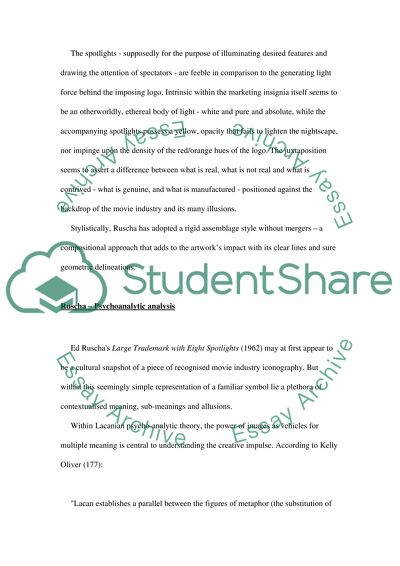Cite this document
(Spatial Prominence in the Artwork's Foreground Term Paper, n.d.)
Spatial Prominence in the Artwork's Foreground Term Paper. Retrieved from https://studentshare.org/culture/2028112-ed-ruschas-large-trademark-with-eight-spotlights
Spatial Prominence in the Artwork's Foreground Term Paper. Retrieved from https://studentshare.org/culture/2028112-ed-ruschas-large-trademark-with-eight-spotlights
(Spatial Prominence in the Artwork'S Foreground Term Paper)
Spatial Prominence in the Artwork'S Foreground Term Paper. https://studentshare.org/culture/2028112-ed-ruschas-large-trademark-with-eight-spotlights.
Spatial Prominence in the Artwork'S Foreground Term Paper. https://studentshare.org/culture/2028112-ed-ruschas-large-trademark-with-eight-spotlights.
“Spatial Prominence in the Artwork'S Foreground Term Paper”, n.d. https://studentshare.org/culture/2028112-ed-ruschas-large-trademark-with-eight-spotlights.


